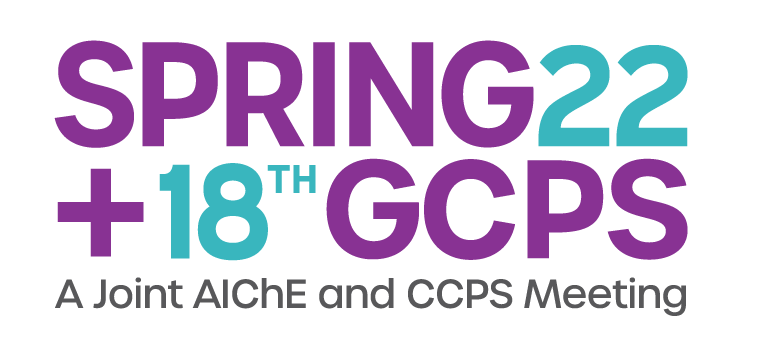

Steam surface condensers are complex systems with many correlated process variables. As a result, it is generally difficult to discern minor reductions in efficiency with conventional monitoring techniques until the losses become significant especially in power plants that cycle operations to meet changing market conditions. Incremental performance losses can increase the consumption of non-renewable energy sources and increase air pollution which will have a negative impact on environment. To identify and analyze inefficiencies, steam power plant operators have traditionally relied on univariate approach, manual data sets and estimates that often took days to compile. The use of advanced analytics and on-line monitoring tools with normalization functionality and a modified statistical process control strategy allows operations to track cooling performance and clearly distinguish between common cause variation (variation attributable to normal changes in the various operating parameters) and special cause variation (variation due to a statistically significant, unexpected event such as fouling or air ingress). Visualizing the outputs from these tools and advanced analytics through a cloud-based data management platform and dashboard provides for remote, 24-7 secure access to critical information. The improved speed of data collection, instantaneous analysis and remote access enables plant operators to respond faster to issues and make more informed data-driven decisions.
